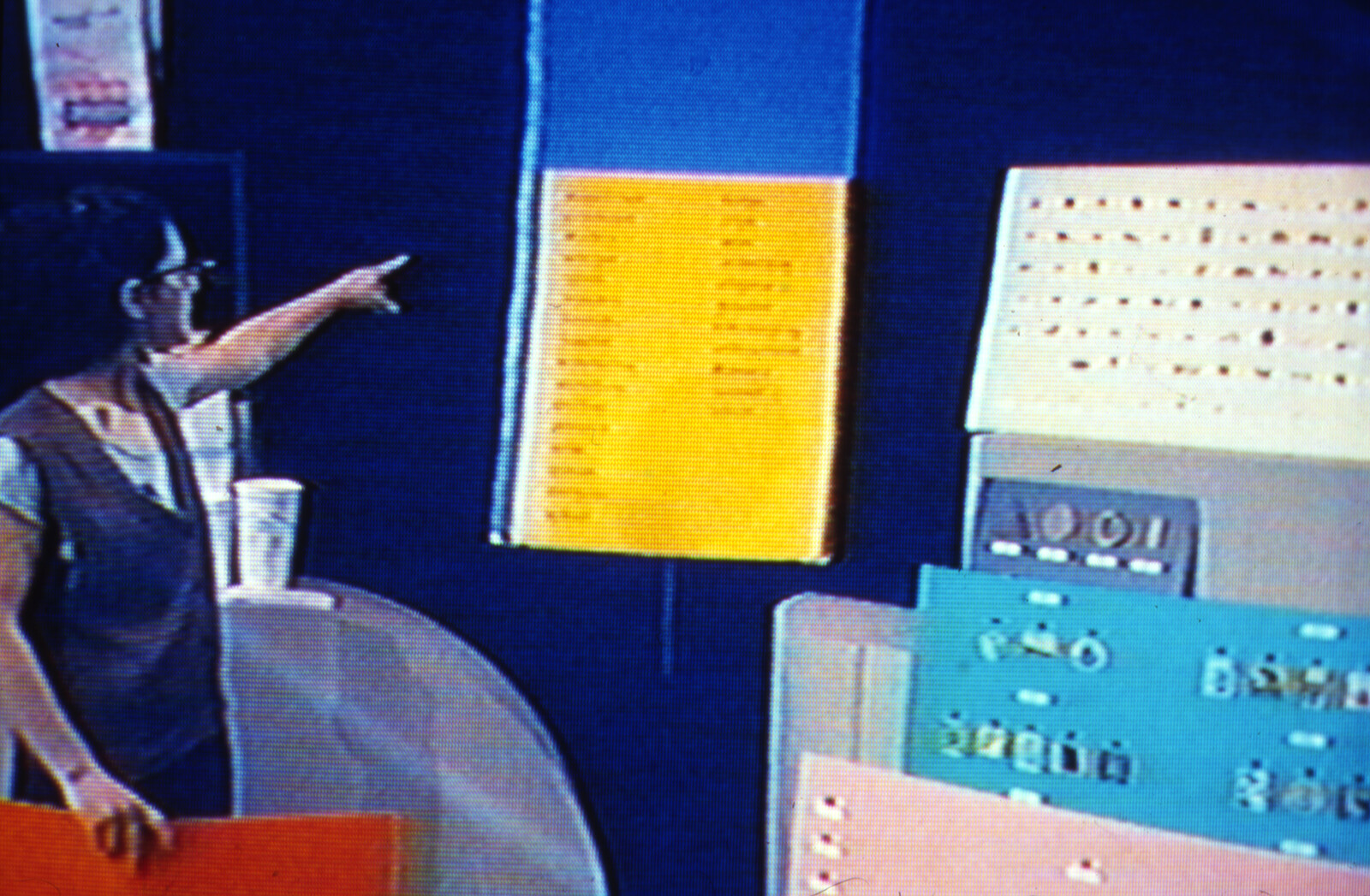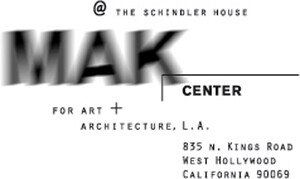May 25–August 14, 2016
at the Schindler House
835 North Kings Road
West Hollywood, CA 90069
United States
office@makcenter.org
Routine Pleasures brings together artists working in a variety of media to explore “the termite tendency,” a concept introduced by artist and film critic Manny Farber (1917–2008) in his 1962 essay “White Elephant Art vs. Termite Art.” Whereas the original essay applied these labels to the work of filmmakers, exhibition organizer Michael Ned Holte finds manifold parallels in contemporary art.
In today’s overheated art world, it is easy to see a preponderance of “white elephant” art, defined by Farber as “yawning production of overripe technique shrieking with preciosity, fame, ambition.” Routine Pleasures presents practitioners who embrace a quieter, more process-oriented approach. Like termites, these artists focus closely on what is before them, and follow the work wherever it may lead, often in diffuse directions. To locate and expand upon Farber’s construct of the termite tendency, the exhibition features works by: James Benning, Jennifer Bornstein, Center for Land Use Interpretation, Harry Dodge, Manny Farber, Judy Fiskin, Magdalena Suarez Frimkess and Michael Frimkess, Galería Perdida, Sarah Lehrer-Graiwer, Simon Leung, Lucky Dragons, Roy McMakin, Carter Mull, Newspaper Reading Club, Pauline Oliveros, and Steve Roden.
About the exhibition
The exhibition takes its title from the film Routine Pleasures (1986) by director Jean-Pierre Gorin, a one-time collaborator of Jean Luc-Godard who relocated to San Diego in the 1970s. Gorin’s film intermingles two parallel tracks: one, his gradual infiltration of a model railroaders club, and the other, a meditation on the writings and still life paintings of Manny Farber. The film itself embodies the termite tendency described by Farber, a “buglike immersion in a small area without point or aim, and, over all, concentration on nailing down one moment without glamorizing it…”
Farber’s own paintings, densely detailed tabletops filled with a winding variety of everyday objects, are described by Gorin and Patrick Amos as “the mapping of his mental processes…pluralist strategies that tend to produce contradictions within the picture.” Farber himself noted in 1971, “The important trait of termite-fungus-centipede art is an ambulatory creation which is an act both of observing and being in the world,” and, as curator Holte notes, “The termite’s ‘product,’ however, is not found in the end state (which may never arrive) but in its ceaseless becoming.”
Holte has identified this approach in a wide-ranging group of artists working in painting, photography, video, text, ceramics, sound and performance. Each project in Routine Pleasures implicates the observer with the observed, presenting a plurality of equally valid modes of engagement. In gathering together artists working in or previously based in California, Holte acknowledges that West Coast cultural conditions have been particularly conducive to this procedure.
Publication
The exhibition will be accompanied by a substantial publication designed by Mark Owens that will serve as an illustrated catalogue as well as a reader that further elaborates the exhibition’s thematic tracks, with a new essay by the curator, additional new scholarly essays by Julia Bryan-Wilson and Edward Sterrett, and several reprinted texts by participants in the exhibition.
About the curator
Michael Ned Holte is a critic, independent curator, and Co-Director of the Program in Art at the California Institute of the Arts. He has written monographic essays on artists including Kathryn Andrews, Hani Armanious, Charles Gaines, Richard Hawkins, Alice Könitz, Shio Kusaka, Roy McMakin, Ricky Swallow, and Paul Sietsema, and has contributed to periodicals such as Afterall, Artforum International, Frieze, Pin-Up, and X-TRA. With Connie Butler, Holte curated the 2014 edition of Made in L.A. at the Hammer Museum, Los Angeles. His other exhibitions include Celine and Julie Go Boating (2005) at Anna Helwing Gallery, Los Angeles; Laying Bricks (2007) at Wallspace Gallery, New York; Support Group (2010) at Thomas Solomon at Cottage Home, Los Angeles; Temporary Landmarks & Moving Situations (2012) at Expo Chicago; and TL;DR (2014) at Artspace New Zealand.
Routine Pleasures is generously supported by the Andy Warhol Foundation for the Visual Arts, the Danish Arts Foundation, and the City of West Hollywood through its Arts and Cultural Affairs Commission.
This project is also supported, in part, by the Los Angeles County Board of Supervisors through the Los Angeles County Arts Commission.
Additional support comes from Marmol Radziner.
About the MAK Center
Unique in its role as a constellation of historic architectural sites and contemporary exhibition spaces, the MAK Center for Art and Architecture at the Schindler House develops local, national, and international projects in art, architecture, and their intersections and tangents. The MAK Center acts as a cultural laboratory, encouraging the development of ideas in art and architecture by engaging the center’s places, spaces, and histories. Its programming includes exhibitions, lectures, symposia, discussions, performances, music series, publication projects, salons, architecture tours, and new work commissions. It collaborates frequently with guest curators, artists and architects.


